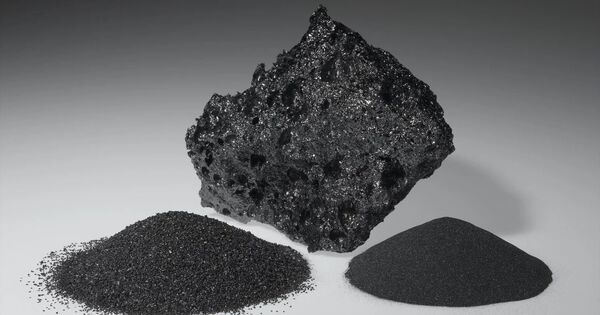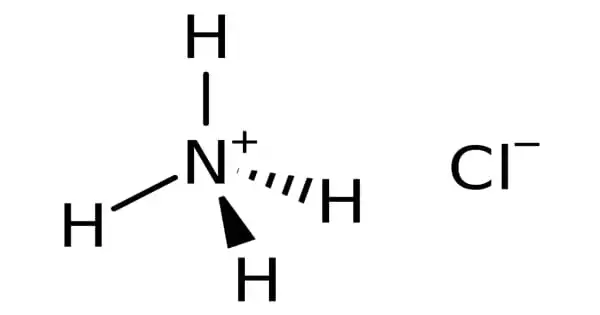Boron carbide (chemical formula approximately B4C) is an extremely hard boron–carbon ceramic, a covalent material used in tank armor, bulletproof vests, engine sabotage powders, as well as numerous industrial applications. It is a ceramic material that is known for its extreme hardness and high strength.
With a Vickers hardness of >30 GPa, it is one of the hardest known materials, behind cubic boron nitride and diamond. It is composed of boron and carbon atoms in a crystalline structure. It is a semiconductor with interesting electronic properties, although it is primarily known for its mechanical characteristics.
Properties
Boron carbide is a strong material with extremely high hardness (9.5 to 9.75 on the Mohs hardness scale), a large cross section for neutron absorption (i.e. good neutron shielding capabilities), and resistance to ionizing radiation and most chemicals. Its Vickers hardness (38 GPa), elastic modulus (460 GPa), and fracture toughness (3.5 MPa•m1/2) are comparable to those of diamond (1150 GPa and 5.3 MPa•m1/2).
- Chemical formula: B4C
- Molar mass: 55.255 g/mol
- Appearance: dark gray or black powder, odorless
- Density: 2.50 g/cm3, solid.
- Melting point: 2,350 °C (4,260 °F; 2,620 K)
- Boiling point: >3500 °C
- Solubility in water: insoluble
- Crystal structure: Rhombohedral
Semiconductor properties
Boron carbide is a semiconductor characterized by hopping-type transport. The energy band gap varies with composition and degree of order. The band gap is predicted to be 2.09 eV, and there are several mid-bandgap states that confuse the photoluminescence spectra. The substance is usually p-type.
Boron carbide is one of the hardest known materials, ranking third only to diamond and cubic boron nitride. It has a very high melting point of around 2,350°C (4,260°F), making it suitable for high-temperature applications. It is chemically inert and resistant to acids, making it ideal for harsh situations.
Preparation
Boron carbide was first synthesized by Henri Moissan in 1899, by reduction of boron trioxide either with carbon or magnesium in presence of carbon in an electric arc furnace. In the case of carbon, the reaction occurs at temperatures above the melting point of B4C and is accompanied by liberation of large amount of carbon monoxide:
2 B2O3 + 7 C → B4C + 6 CO
If magnesium is used, the reaction can be carried out in a graphite crucible, and the magnesium byproducts are removed by treatment with acid.
Applications
- Armor Materials: Due to its exceptional hardness and strength-to-weight ratio, boron carbide is widely used in ballistic armor, such as bulletproof vests, tank armor, and aircraft armor plating.
- Industrial Abrasives: It is used as an abrasive in grinding, lapping, and polishing applications due to its hardness and wear resistance.
- Nuclear Applications: Boron carbide is used as a control rod material in nuclear reactors due to its ability to absorb neutrons.
- Nozzles and Cutting Tools: Its hardness and wear resistance make it suitable for nozzles in abrasive water jet cutting and as cutting tools for machining hard materials.
- Refractory Materials: Boron carbide is used in refractory applications where high temperatures and chemical resistance are required.
















